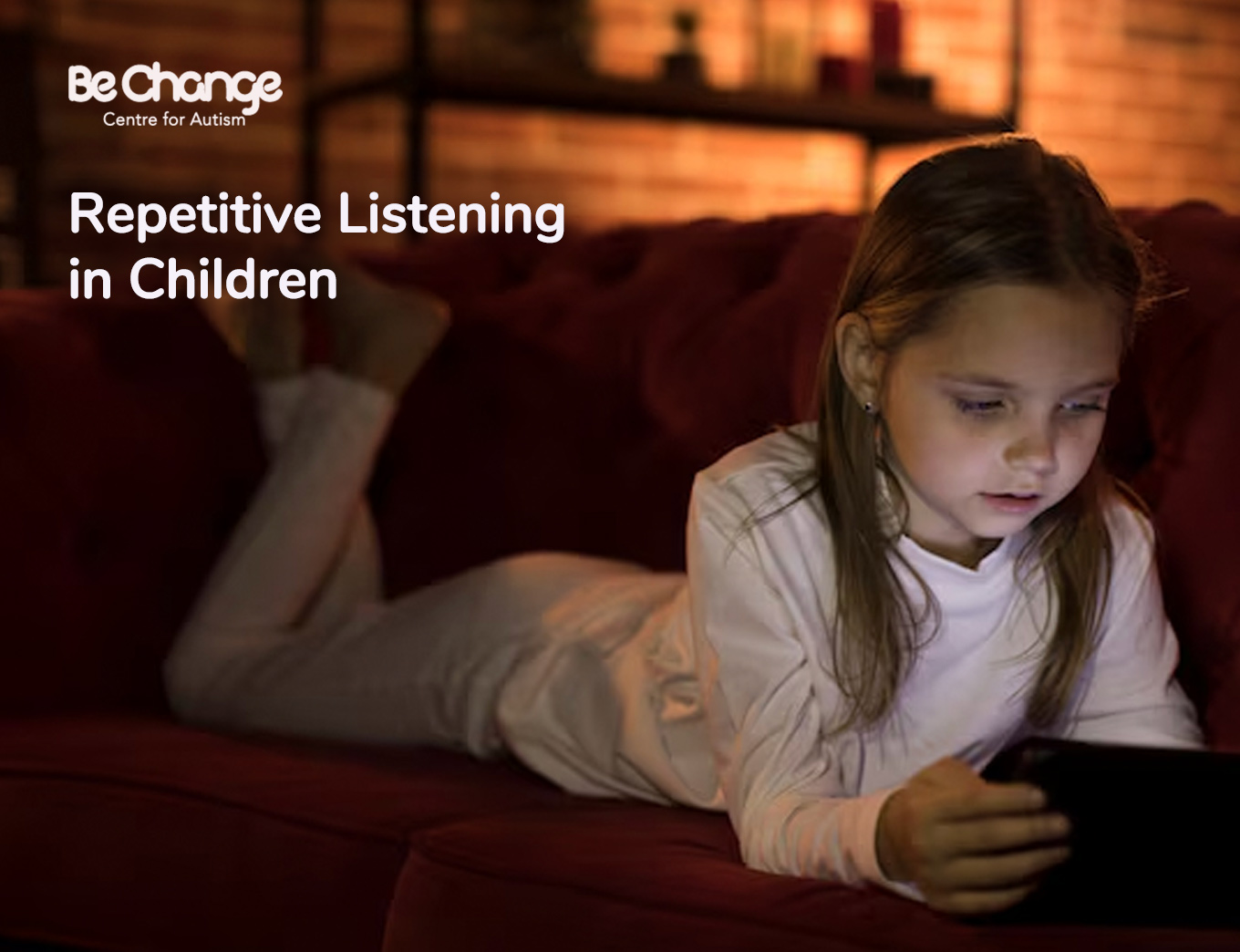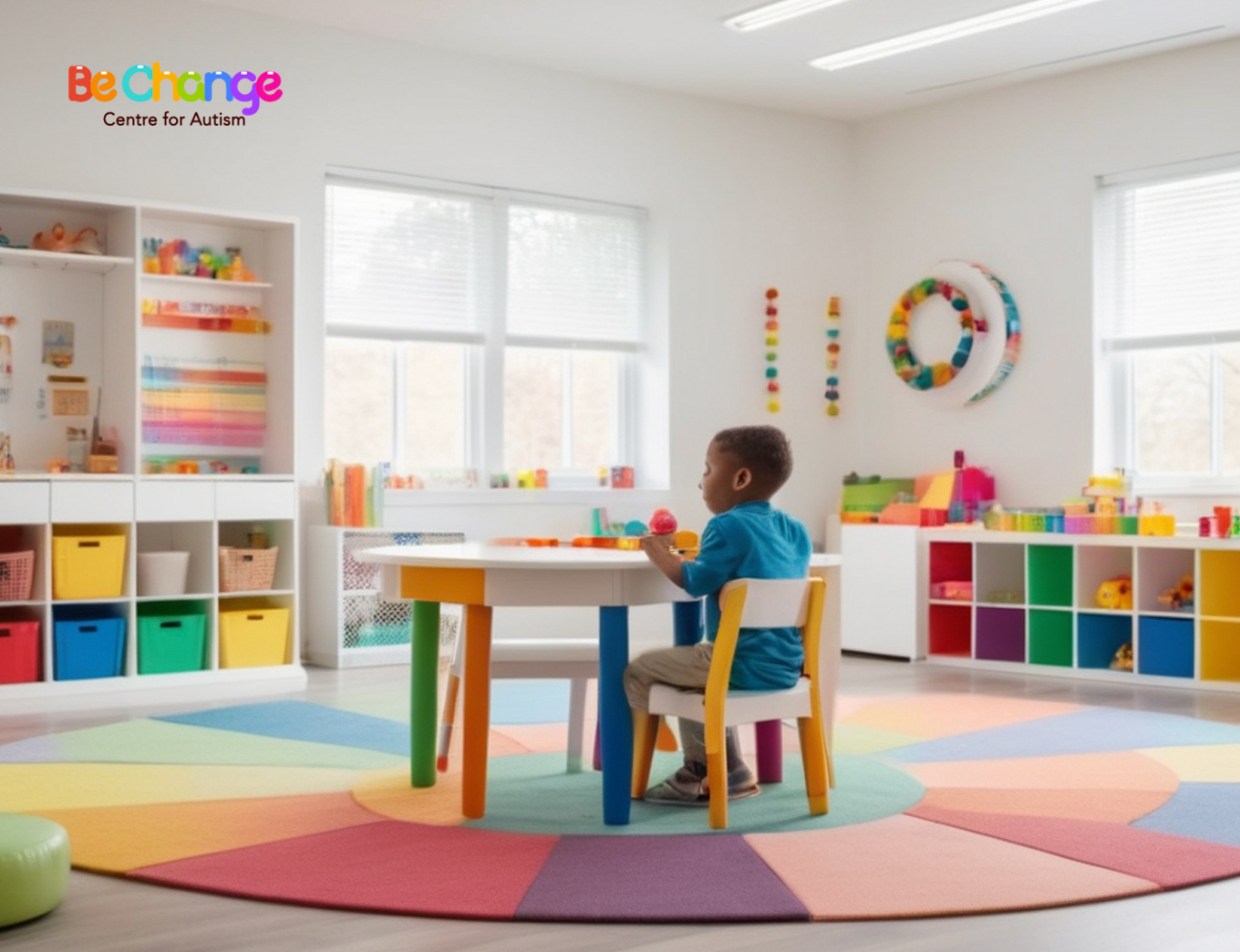Repetitive listening, where children listen to the same sounds, music, or dialogues repeatedly, is a phenomenon observed frequently among many children, including those with autism spectrum disorder (ASD). This behavior, while intriguing, can be perplexing and sometimes concerning for parents and educators. Understanding the underlying reasons and implications of this behavior from a behavioral perspective can provide valuable insights and strategies for addressing it effectively.
At the heart of applied behavior analysis (ABA) lies the principle that behavior is a product of its environment and the consequences it produces. This principle is essential when analyzing repetitive listening. Children may engage in repetitive listening for various reasons, including comfort, predictability, sensory stimulation, and reinforcement. Each child’s motivation can be unique, making it crucial to observe and understand the specific context of the behavior.
Children with ASD often exhibit repetitive behaviors as a way to cope with the world around them. These behaviors can provide a sense of stability and predictability in an otherwise overwhelming environment. Listening to the same sounds or songs repeatedly can serve as a calming mechanism, helping the child manage stress and anxiety. The predictability of the familiar sounds can offer a sense of control and security.
Sensory stimulation is another significant factor. Children with ASD frequently have sensory processing differences, making them more sensitive to certain stimuli. Repetitive listening can provide consistent sensory input that is pleasurable and soothing. The auditory stimulation from the same sounds or music can be comforting and help regulate their sensory system. This can be especially important in environments that are unpredictable or overstimulating.
From a reinforcement perspective, repetitive listening can be self-reinforcing. If a child finds pleasure or comfort in the activity, they are likely to repeat it. Positive reinforcement occurs when the behavior results in a pleasurable outcome, thereby increasing the likelihood of the behavior occurring again. Negative reinforcement can also play a role if the behavior helps the child avoid or escape from unpleasant situations or demands.

Language and communication can also influence repetitive listening. For some children, especially those with limited verbal communication skills, repetitive listening might serve as a substitute for verbal interaction. The repetition of familiar words or phrases can help them practice language skills in a non-threatening manner. Additionally, it can provide a sense of familiarity with language, which can be comforting.
To address repetitive listening effectively, it is essential to adopt a compassionate and individualized approach. Observing the child closely to identify the specific triggers and functions of the behavior is a critical first step. Once the function is understood, appropriate strategies can be implemented to support the child.
Creating a structured and predictable environment can help reduce the need for repetitive listening as a coping mechanism. Consistent routines and clear expectations can provide the predictability that children with ASD often seek. Visual schedules, social stories, and other visual supports can enhance understanding and reduce anxiety.
Introducing alternative sensory activities can provide the sensory input the child seeks in a more varied and balanced manner. Activities such as playing with sensory toys, engaging in physical exercise, or participating in sensory-friendly activities can help fulfill the child’s sensory needs. Ensuring that these activities are enjoyable and reinforcing can encourage the child to explore new sensory experiences.
Encouraging social interaction and communication is also vital. For children who use repetitive listening as a substitute for social interaction, creating opportunities for meaningful social engagement can be beneficial. Social skills training, peer interaction, and communication supports such as augmentative and alternative communication (AAC) devices can help the child develop more effective communication skills.
Reinforcement strategies can be employed to shape and encourage desired behaviors. Identifying and using powerful reinforcers that are meaningful to the child can motivate them to engage in alternative activities. Positive reinforcement for engaging in new or more appropriate behaviors can gradually reduce reliance on repetitive listening. It is crucial to ensure that reinforcement is immediate and directly linked to the desired behavior to be effective.
Check out our new branch : https://maps.app.goo.gl/SNDxav7fybanc9Qe6

In some cases, it may be necessary to implement behavior reduction strategies. These strategies should be used cautiously and ethically, ensuring that they are part of a comprehensive behavior support plan. Functional communication training (FCT) can be an effective approach, teaching the child alternative ways to communicate their needs and desires. This can reduce the reliance on repetitive listening as a means of communication.
Collaborating with parents, educators, and other professionals is essential for a holistic approach. Consistency across different environments, such as home and school, can enhance the effectiveness of interventions. Regular communication and collaboration can ensure that everyone involved understands the strategies being implemented and can provide consistent support.
Monitoring and evaluating the effectiveness of interventions is an ongoing process. Regular data collection and analysis can help determine whether the strategies are working and identify any necessary adjustments. Flexibility and responsiveness to the child’s changing needs are crucial for long-term success.
While repetitive listening can be a common behavior in children with ASD, it is important to approach it with understanding and compassion. Recognizing that the behavior serves a function for the child is the first step in addressing it effectively. By creating a supportive and structured environment, introducing alternative sensory activities, encouraging social interaction and communication, and using reinforcement strategies, we can help children develop more adaptive behaviors.
It is also essential to remember that every child is unique, and there is no one-size-fits-all approach. Tailoring interventions to the individual needs and preferences of the child is key to success. Working collaboratively with parents, educators, and other professionals ensures a comprehensive and coordinated approach.
Ultimately, our goal is to support children in developing the skills they need to navigate the world more effectively and to enhance their overall quality of life. By understanding the underlying reasons for repetitive listening and implementing appropriate strategies, we can help children achieve greater independence and success in their daily lives.
Contact us today : https://bechange.in/contacts/

In conclusion, repetitive listening in children, particularly those with ASD, is a multifaceted behavior with various underlying motivations. Applying the principles of ABA allows us to analyze and address this behavior in a structured and compassionate manner. By creating a supportive environment, introducing alternative activities, encouraging communication, and using reinforcement strategies, we can help children develop more adaptive behaviors and enhance their overall well-being. Through ongoing collaboration and evaluation, we can ensure that interventions are effective and responsive to the child’s needs, ultimately supporting their growth and development.
